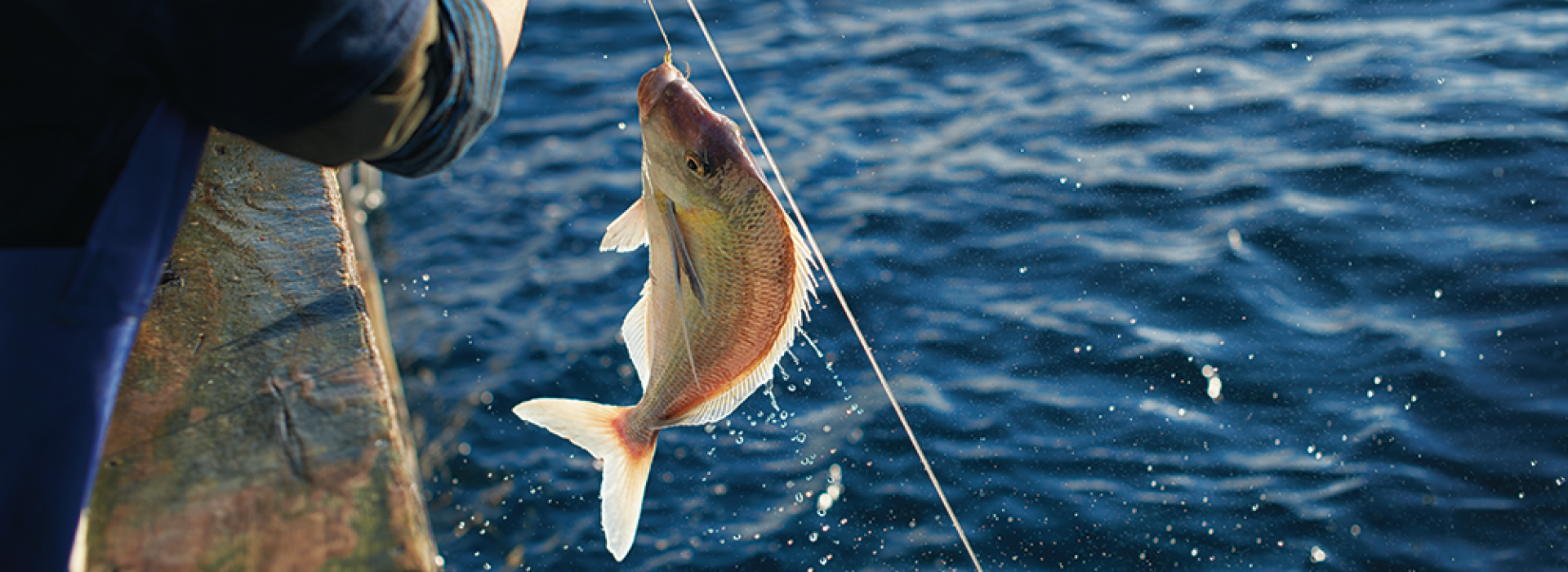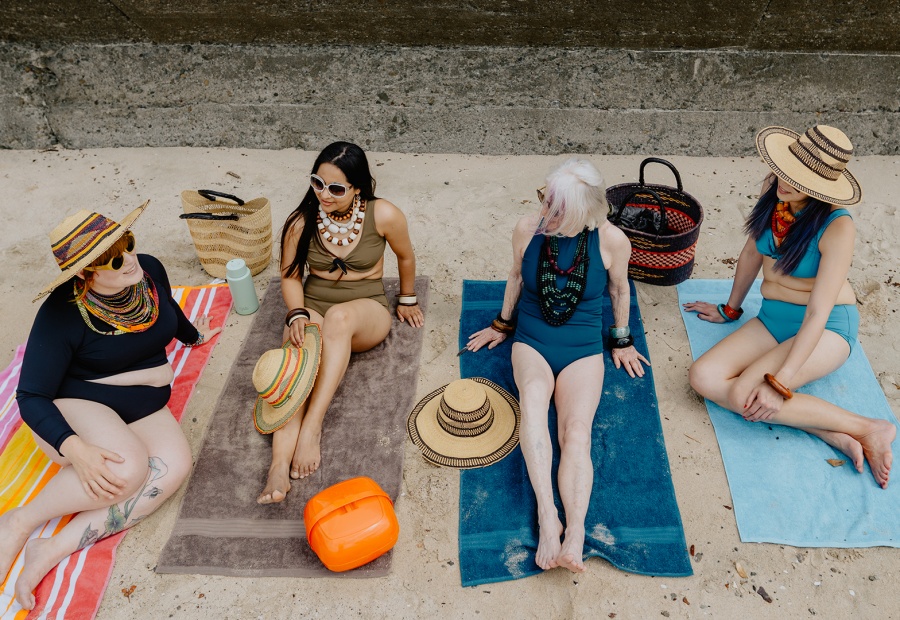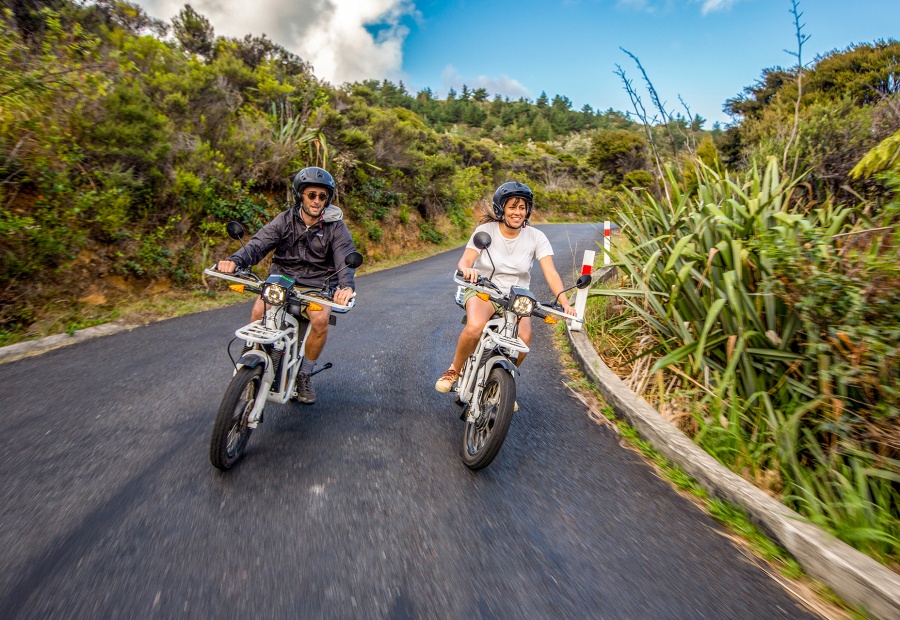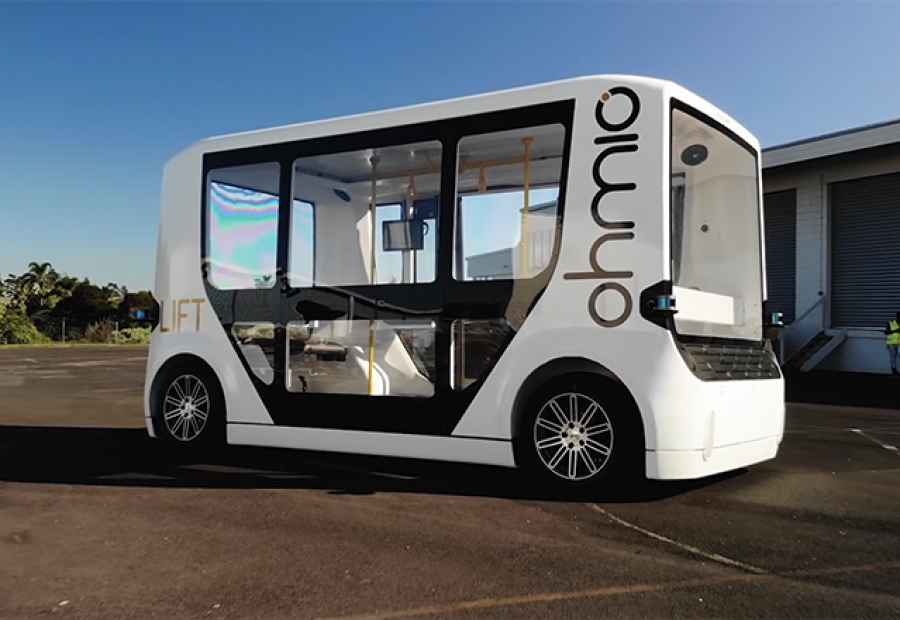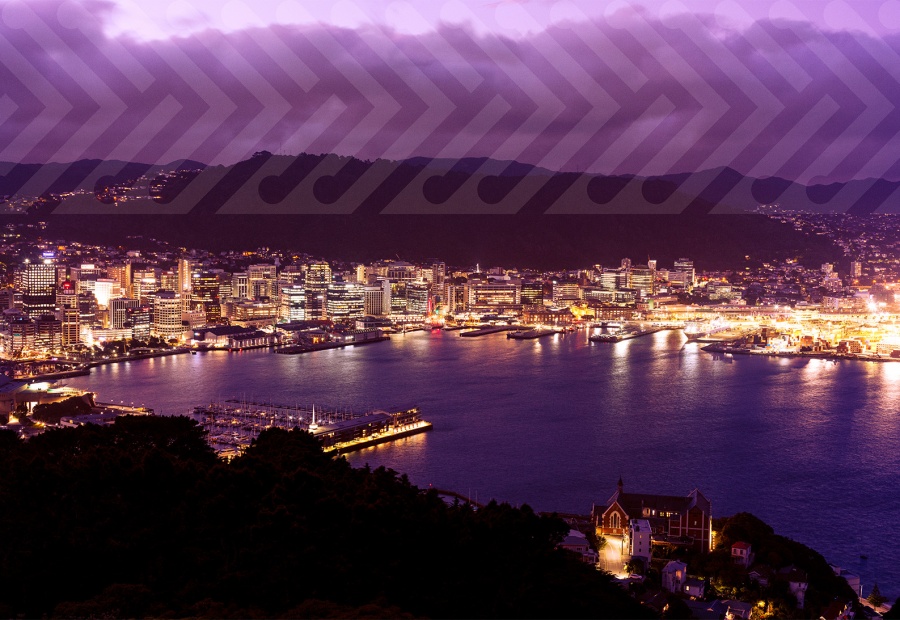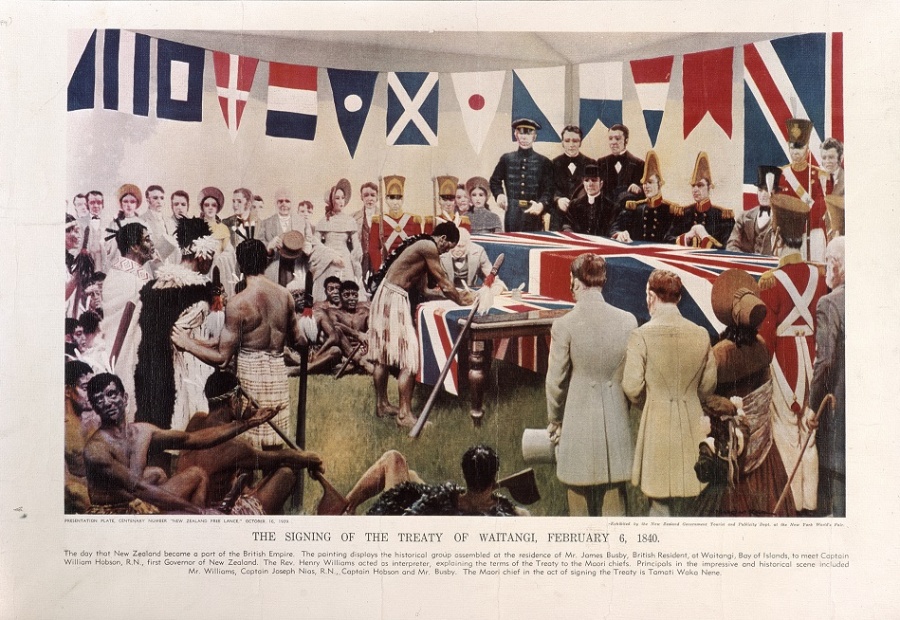With 96 percent of New Zealand’s territories being underwater, the ocean is a distinct part of the nation’s identity. The preservation and protection of the ocean and marine life is imperative to ensure that future generations can experience and enjoy their resources, natural beauty, and diversity.
As education and understanding grows around the importance of safeguarding New Zealand’s marine life, the New Zealand fisheries sector is creating positive and sustainable change both nationally and around the world. These sustainable fishing initiatives are designed to protect and preserve marine life, fish stocks, and the environment.
Precision Seafood Harvesting
Precision Seafood Harvesting developed an innovative new technology, the modular harvesting system, which modifies traditional trawling designs to ‘fish with care’ providing a more sustainable way of delivering premium quality seafood. The new technology will allow inshore fish species to be brought on board in pristine condition whilst undersized or unintended catch can be returned to the sea with a much higher survivability rate. For deepwater species it reduces damage to the fish adding significant value to the catch and benefits in the selectivity of undersized or unwanted catch. Precision Seafood Harvesting’s revolutionary designs were born from a partnership between the New Zealand Government and major players in the seafood industry, and if picked up worldwide, this technology could change the way the world fishes.
Protecting New Zealand’s Precious Ecosystems
New Zealand has a unique and precious marine biodiversity that increasingly needs protection. So, strict legislation has been put in place to ensure the safety of oceans and fish stocks. Under the Fisheries Act 1996 any adverse effects of fishing on the environment must be avoided, remedied or mitigated. New Zealand’s marine biodiversity is also protected through a network of 105 Marine Protected Areas (MPAs) including: 17 seamount closures, 17 benthic protection areas, 44 marine reserves and eight marine mammal sanctuaries. New Zealand has also protected its oceans against bottom fishing, a practice that can negatively affect the environment. Since 1989, less than 10 percent of New Zealand’s seabed has been bottom trawled. Since 2007, 17 areas of New Zealand’s Exclusive Economic Zone have been closed to bottom trawling. Plus, 30% of New Zealand’s seabed is protected against bottom fishing, putting the health of the oceans first.
Fisheries Change Programme
Through the Fisheries Change Programme the New Zealand Ministry for Primary Industries (MPI) is working to create sustainable economic, social, and cultural values for New Zealand’s fisheries, with the aim of strengthening and modernising how fisheries are managed so the industry can deliver more sustainable results. Commercial fishing is now digitally monitored through electronic catch and position reporting. This creates more transparency around the amount and the species of fish being caught, and exactly where they are being caught. MPI is also implementing mandatory onboard cameras in selected fisheries to verify these reports. For 33 years New Zealand’s world-leading Quota Management System (QMS) has been helping control harvest levels for each fish species and the areas they’re caught in. These limits are reviewed every year to ensure there are enough fish for breeding, and for future generations.
Marine Stewardship Council
The Marine Stewardship Council (MSC) has a mission to end overfishing and to ensure sustainable and healthy oceans for future generations. They’re doing this through the development and maintenance of a global best practice Fisheries Standard. Wild-catch fisheries can choose to be independently assessed against this standard, to demonstrate they are operating sustainably. MSC certification is a global gold-star for sustainable seafood practices and New Zealand has a few gold stars to its name. New Zealand’s hoki fishery was one of the first major fisheries in the world to be certified as sustainable to the MSC Standard, in 2001. Today, there are 29 certified MSC Chain of Custody suppliers in New Zealand. Approximately 50 percent of New Zealand’s wild-caught seafood harvest is now MSC certified, including 70 percent of New Zealand’s deepwater catch. The MSC blue fish tick label on such species as New Zealand hoki, hake, ling and southern blue whiting gives an assurance that wherever it’s sold in the world, it can be traced back through the supply chain to one of New Zealand’s certified sustainable fisheries.
Looking for a place making sure there’s plenty of fish in the sea? We know a place.
